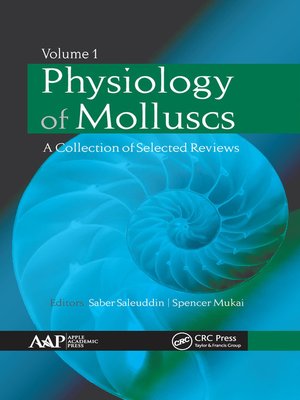
Sign up to save your library
With an OverDrive account, you can save your favorite libraries for at-a-glance information about availability. Find out more about OverDrive accounts.
Find this title in Libby, the library reading app by OverDrive.



Search for a digital library with this title
Title found at these libraries:
| Library Name | Distance |
|---|---|
| Loading... |
Physiology of Molluscs: A Collection of Selected Reviews is an informative two-volume sent that brings together some of the most important recent and unique developments in molluscan physiology.
Volume One focuses on shell structure, mineralization, the dynamics of calcium transport, shell drilling, byssus proteins, locomotion, and reproduction. Volume Two includes reviews on the neural mechanisms of learning, reproductive behavior, responses to environmental stress and hormones, and neurotransmitters.
With the rapid development of cutting-edge proteomic, molecular biological, and cellular imaging techniques, our understanding of molluscan physiology, specifically in the areas of neurobiology, reproductive biology, and shell formation, has increased exponentially over the last several years. With contributions from some of the world's leading experts in the field of molluscan physiology, this valuable two-volume set fills this void and will serve as an important resource for researchers, professors, and students.
Chapters report on a variety of recent developments and new understanding, including
The reviews in these two volumes will make a significant contribution to our understanding not only of molluscan physiology but also the physiology of animals in general.







